Human creativity is a restless phenomenon and, throughout history, the resulting cornucopia of inventions has helped mankind in many different ways.
Sadly, many contraptions have been almost lost in the depths of time, and now exist only as remnants of parts or ink on paper: puzzles for a new generation with new knowledge to bring them back from oblivion.
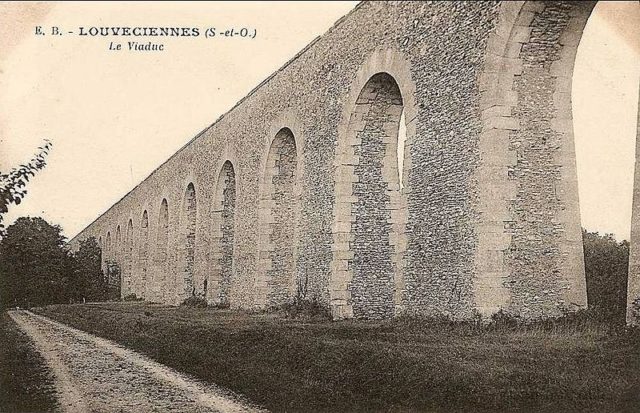
The Machine de Marly was one of these such puzzles. The design of the machine was very advanced for its time and consisted of a hydraulic system, the purpose of which was to supply the Palace of Versailles with water. The Palace of Versailles is a marvel to witness; its architectural splendor and opulence make it an incredibly well-known and highly frequented tourist attraction.
At the time of construction, the palace stood in an idyllic environment. Surrounded by rich greenery, Versailles was initially a small village. Today it is a wealthy suburb, within 12 miles from the center of Paris.
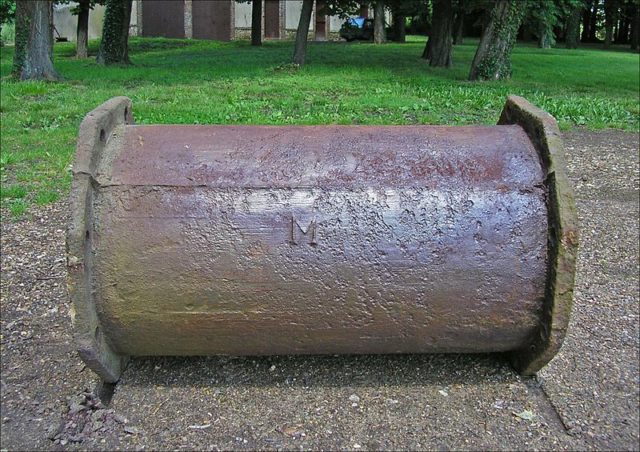
The courtyard of the palace was decorated with a number of fountains. Such gigantic fountains demanded a huge volume of water, and thus the Machine de Marly was invented. The palace was already supplied with water: at the time its water consumption was already so much that it surpassed the overall demand of the city of Paris.
The purpose of the Machine de Marly was to pump water from the River Seine to the palace, which stood just over six mile from the river. Pumping water over such a distance was not the greatest challenge; it had to be lifted up an elevation of 490 feet, but the machine was well capable of the task.
Its inventor was a gentleman by the name of Arnold de Ville. An ambitious young man from Huy, he had already constructed a working machine that pumped water to the Château of Val-Duchesse, and he had managed to demonstrate this model to King Louis XIV. The King was very pleased and tasked de Ville with the construction of supplying the Palace of Versailles.
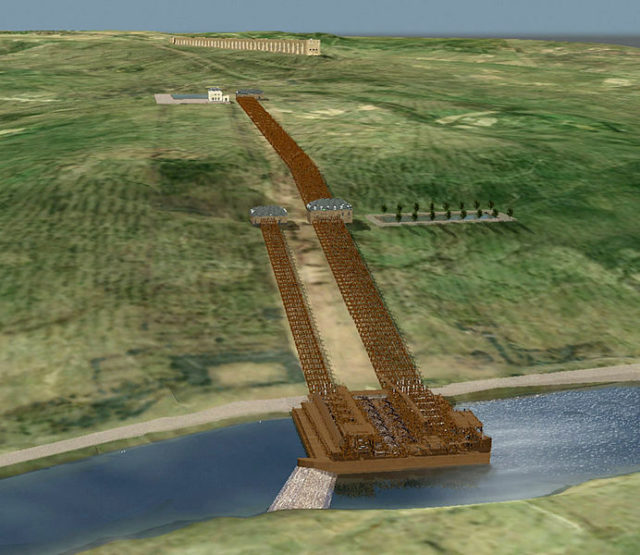
The King’s wish was not only to supply the Palace of Versailles but also the gardens of the Chateau of Marly. The magnificent Chateau can no longer be witnessed today, for all that remains of it are ruinous fragments.
A location was chosen for the machine, four and a half miles from the palace and 10 miles from the city center.
In order to begin construction – he was lacking the necessary technical skills to accomplish this feat by himself – de Ville employed two men from the city of Liège: a master carpenter by the name of Rennequin Sualem, and his brother Paulus.
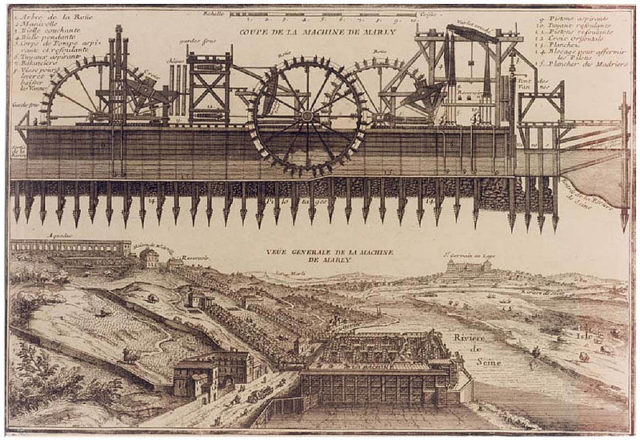
The three men had worked together before on earlier projects: the Château de Modave’s pump and the pump for Château de Val. They began construction of the Machine de Marly in 1681 and completed it six years later.
The build was a large-scale project; it would have been impossible for the three of them to work on it alone, so they hired a total of 1,800 people to help them.
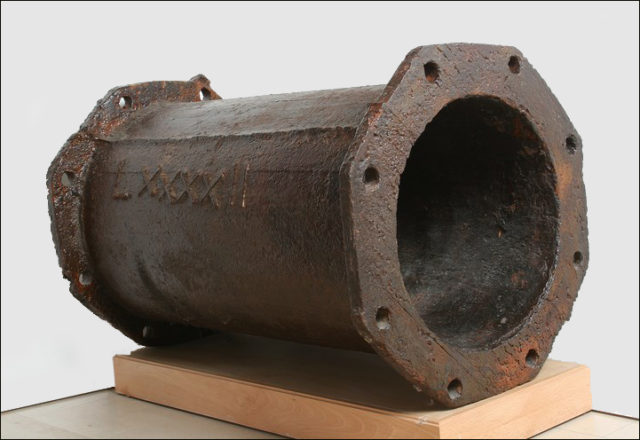
The design required a colossal 100,000 tons of timber; 800 tons of lead; and 20,000 tons of iron, part of which was cast iron. When finished, the machine had 14 paddle wheels, which moved a number of pistons to push the water through the pipes.
The process produced an unbearable and deafening noise. The cost of the contraption exceeded five million livres tournois, more than $100 million in today’s money.
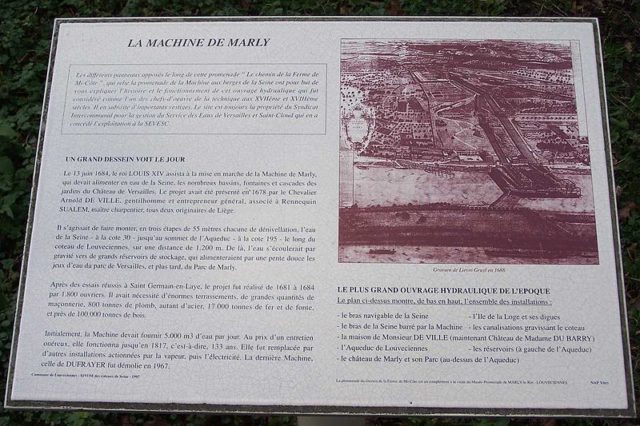
Although the Machine de Marly was built mainly to supply the fountains of the Palace of Versailles, most of the pumped water ended up being diverted to Château de Marly and its gardens.
According to historians, even if Château de Marly received no water at all and all of it was used for the fountains at Versailles, the fountains would still need four times this amount to run at half pressure.
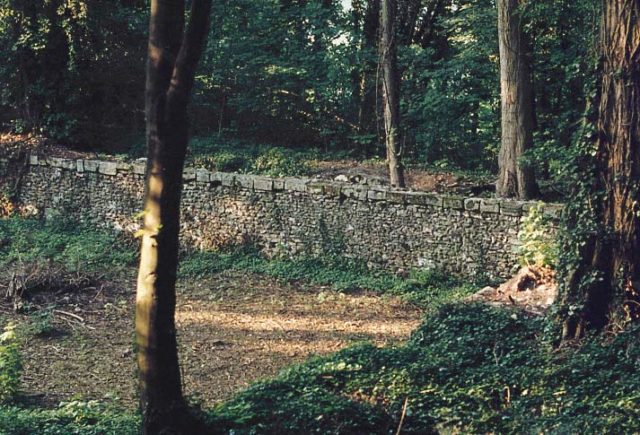
With endless breakdowns, the Machine de Marly survived and functioned for 133 years, until 1871. Today, only fragments of it survive, the rest having faded with time into written accounts and illustrations.
